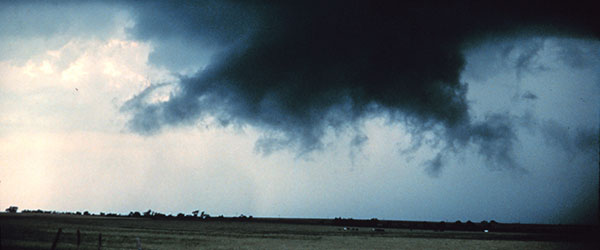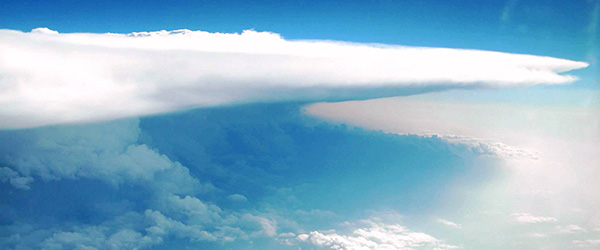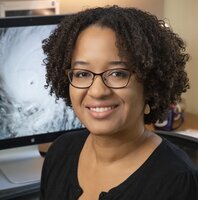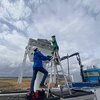

The awesome power of hazardous weather and the devastation it causes has drawn students for decades into atmospheric sciences. Virtually everyone on earth is affected by hazardous weather and almost everyone is curious about how and why it develops. In the last fifty years, we have learned more about hazardous weather processes than in all of human history, but still we have just scratched the surface and, as Hurricane Sandy reminded us, so much more needs to be done. Along with hurricanes, the most hazardous weather in the United States stems from severe thunderstorms. Commonly known as thunderstorms, convective storms are the atmospheric phenomenon responsible for weather hazards such as lightning, heavy rain, hail, and tornadoes. The tendency of convective storms to generate these hazards depends in part on whether the convection organizes into mesoscale convective systems such as squall lines, or into the long-lived convective cells known as supercells; these storm types have unique dynamical structure that is largely controlled by the three-dimensional humidity, temperature, and wind in the environment of the developing convection. Much of what is understood about these convective-storm types, and how they relate to environmental conditions, is a direct result of scientific tools and discoveries made by the faculty, students, and research staff. These relationships are routinely used by forecasters when they issue weather watches and warnings. Current limits on the accuracy of these watches and warnings are due to knowledge gaps that will be need to be addressed by cutting-edge research activities such as those within the department. Field research is one example activity: Faculty, staff, and students traditionally have high-level involvement in major field campaigns around the world, and help to collect data using aircraft, mobile Doppler and state of the art dual-polarization radars, and other sophisticated instrumentation. Experimental research using numerical models is another example activity and well-known Departmental strength. Tools such as the Weather Research and Forecasting (WRF) model are used to simulate storm events, which are then virtually dissected via advanced analysis and visualization techniques. In addition to studying severe storms in the US, our faculty have studied convective storms globally from field campaign data and satellite remote sensing.

Students in our department have flown in research aircraft alongside severe thunderstorms and into the heart of winter cyclones and hurricanes. They have used Doppler radars and other instrumentation to investigate the structure of weather systems and deduce their internal dynamics, thermodynamics and microphysics. Our students carry out advanced numerical simulations of all types of hazardous weather systems, testing hypotheses about their structure derived from their understanding of the observations they helped to collect. Our faculty and students work with in house state-of-the-art instrumentation systems such as SCAMP (System for Characterizing And Measuring Precipitation), a mobile suite of instruments comprised of a vertically pointing Doppler radar and lidar, a particle spectrometer, optical disdrometer, rain/snow gauge, aerosol optical particle sizer, and a weather station, and instrumentation platforms such as research aircraft from agencies such as the National Science Foundation, the Department of Energy and the National Aeronautics and Space Administration. Students have worked with such systems in locations around the world, carrying out investigations that push the forefront of our understanding. Our faculty and students expand the reach of understanding of storm processes into impacts upon our society, both in analyzing the risks we face now as well as in our changing climate. Our students have been in field campaigns in locations as diverse as Australia, Africa, the Caribbean, and as close as the Great Lakes, sharing in the responsibility for collection and analysis of state-of-the-art datasets that will lead to future breakthroughs in our science.














